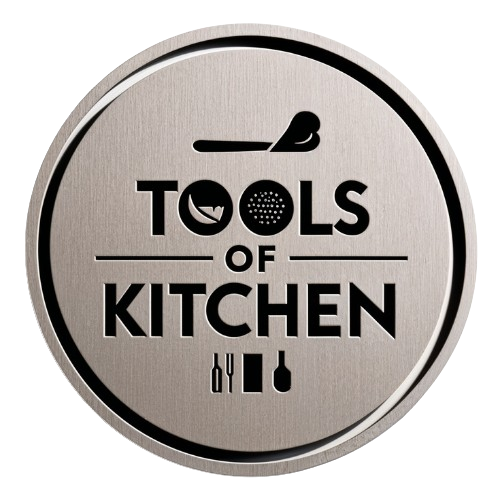Rice Cooker vs Slow Cooker: Key Differences and Performance Comparison
When it comes to kitchen appliances, choosing between a rice cooker and a slow cooker can be challenging for home cooks seeking convenient meal preparation solutions. These versatile kitchen tools might seem similar at first glance, but they possess distinct characteristics that set them apart in functionality and cooking performance.
Cooking Mechanism and Temperature Control
Rice cookers are specifically designed to prepare perfect rice with precise temperature regulation. They typically operate at consistent high temperatures, ensuring even cooking and preventing rice from burning or becoming soggy. The appliance automatically switches to a warming mode once rice is cooked, maintaining an ideal serving temperature.
Slow cookers, conversely, excel in long, gradual cooking processes. They utilize low and steady heat ranges, typically between 170-280°F, allowing meats and complex dishes to tenderize and develop rich flavors over several hours. This method is particularly effective for stews, roasts, and braised dishes that require extended cooking times.
Versatility in Meal Preparation
- Rice Cooker Capabilities:
- Perfect rice preparation
- Some models can steam vegetables
- Limited multi-cooking options
- Slow Cooker Capabilities:
- Wide range of one-pot meals
- Supports multiple protein types
- Accommodates various cuisines
Energy Efficiency and Power Consumption
Modern rice cookers typically consume between 500-700 watts during cooking, with most cycles completing within 20-60 minutes. Slow cookers generally use 70-250 watts, making them more energy-efficient for extended cooking periods.
Price Range and Investment Considerations
| Appliance Type | Average Price Range | Features |
|---|---|---|
| Basic Rice Cooker | $20 – $80 | Simple rice cooking functionality |
| Advanced Rice Cooker | $100 – $300 | Multiple cooking modes, digital controls |
| Standard Slow Cooker | $30 – $100 | Basic temperature settings |
| Premium Slow Cooker | $150 – $250 | Programmable, multiple cooking functions |
Maintenance and Cleaning
Rice cookers typically feature non-stick inner pots that are relatively easy to clean. Most components are dishwasher-safe, simplifying post-cooking maintenance. Slow cookers require more thorough cleaning due to their broader cooking applications, with ceramic or metal inserts that demand careful handling.
Recommended Usage Scenarios
Choose a rice cooker if you frequently prepare rice-based dishes, want consistent results, and need quick meal preparation. Opt for a slow cooker when you prefer hands-off cooking, enjoy complex one-pot meals, and have time for gradual food preparation.
Technology and Smart Features
Contemporary models of both appliances now incorporate smart technology. Advanced rice cookers offer precise temperature control and multiple cooking modes, while modern slow cookers include Wi-Fi connectivity, allowing remote monitoring and programming via smartphone applications.
Ultimately, the choice between a rice cooker and a slow cooker depends on your specific culinary preferences, cooking style, and kitchen requirements. Understanding their unique strengths helps you make an informed decision that enhances your cooking experience.
